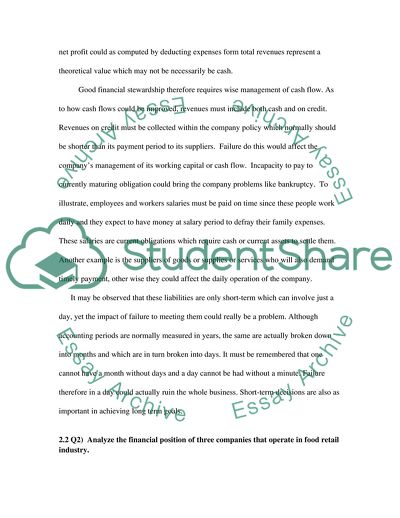Cite this document
(Cash Flow Problems Case Study Example | Topics and Well Written Essays - 2000 words, n.d.)
Cash Flow Problems Case Study Example | Topics and Well Written Essays - 2000 words. https://studentshare.org/finance-accounting/1710920-q1-many-businesses-fail-through-poor-cash-flow-even-whilst-their-published-continue-in-order-instructions
Cash Flow Problems Case Study Example | Topics and Well Written Essays - 2000 words. https://studentshare.org/finance-accounting/1710920-q1-many-businesses-fail-through-poor-cash-flow-even-whilst-their-published-continue-in-order-instructions
(Cash Flow Problems Case Study Example | Topics and Well Written Essays - 2000 Words)
Cash Flow Problems Case Study Example | Topics and Well Written Essays - 2000 Words. https://studentshare.org/finance-accounting/1710920-q1-many-businesses-fail-through-poor-cash-flow-even-whilst-their-published-continue-in-order-instructions.
Cash Flow Problems Case Study Example | Topics and Well Written Essays - 2000 Words. https://studentshare.org/finance-accounting/1710920-q1-many-businesses-fail-through-poor-cash-flow-even-whilst-their-published-continue-in-order-instructions.
“Cash Flow Problems Case Study Example | Topics and Well Written Essays - 2000 Words”. https://studentshare.org/finance-accounting/1710920-q1-many-businesses-fail-through-poor-cash-flow-even-whilst-their-published-continue-in-order-instructions.


